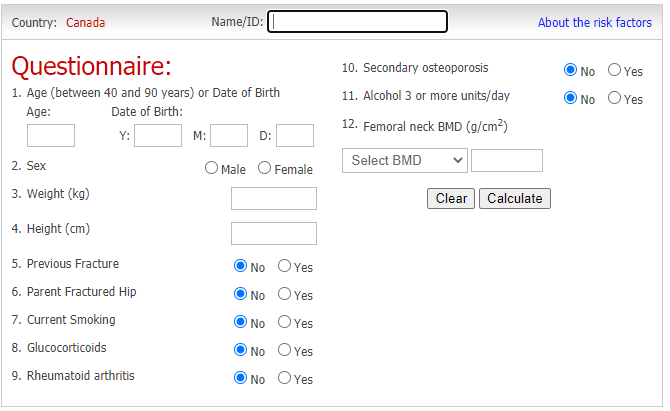What exactly happens during a bone mineral density test?
The most common bone density test in use today is called dual energy x-ray absorptiometry (DXA). This test involves lying on a table for several minutes while a small x-ray detector scans the spine, one hip, or both.
The amount of light (x-ray) that passes through the bone is measured, thus indicating how dense (thick or
thin) the bones are. The test is safe and painless and does not require any injections or any other discomfort. A very small amount of radiation from a DXA test is transmitted.
The patient’s bone density is compared to the bone density of an average young adult.
A T-score is calculated that describes the density of the bones (usually at the spine and hip) compared to this average.
The T-score is expressed in units, “standard deviations (SDs),” indicating how far the score deviates from what is considered normal for a young adult.
Below normal is always indicated with a minus (-) sign.
